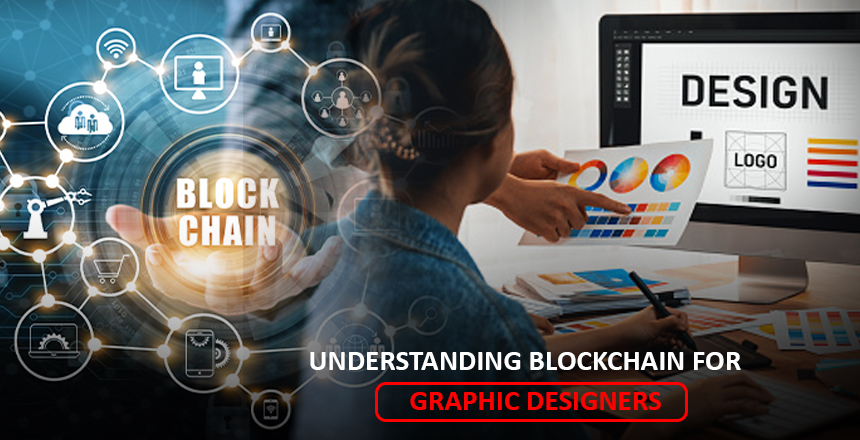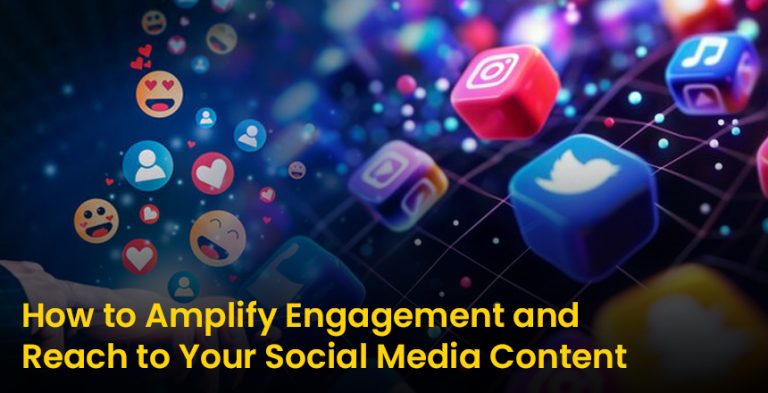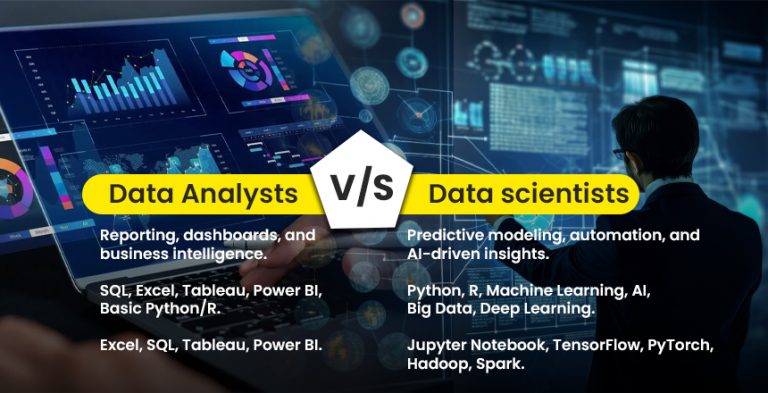The Blockchain Revolution: Seven Things Graphic Designers Should Know
The application of blockchain is spreading far and wide in all the sectors, including finance,
medical, property, and supply chain. Perhaps you are a graphic designer asking yourself a few
questions like the following: How does blockchain impact me & my profession? Here is a brief
guide to what you should know about this new technology and why it is important to graphic
designers.
What is blockchain?
In its simplest form, any blockchain is a digital ledger that shares records of multiple
transactions and streams of information, all of which cannot be altered, tampered with, or
feigned. In blockchain there isn’t any central authority or third party to mediate between the two
trading parties. It is a distributed database where new blocks with batches of recent transactions
that are valid are linked together through a cryptographic method—the term ‘blockchain’ is
derived from this. Now, it forms an endless progressive sequence of records to which each
single transaction made has been evidenced.
Key Features of Blockchain:
- – Decentralized: Such schemes do not have a place of managing like a bank or a government.
- Open source—All the members engaged in the platform have an opportunity to view blocks and transactions.
- Safe—almost impossible to crack, given that the data is encrypted.
- Immutable – Cut-off or corrections of transactions are not allowed.
Why Should Graphic Designers Care?
You may be thinking, Blockchains are pretty much a ‘background’ technology that focuses on
transactions. Perhaps it is easier to ask why on earth I, as a graphic designer, should care about
such issues. Here are some key reasons this emerging technology matters:
New specialties and new occupations
Cancelled Despite the steady increase in the uptake of blockchain, the number of requests for
access to blockchain design services will increase. These can include, for example, blockchain
interfaces and experiences for products or applications, blockchain logos, blockchain
information graphics, or graphics for advertising and marketing blockchain. This means
awakening new career prospects for graphic designers.
NFTs for the protection of creative work
Non-fungible tokens—or NFTs—tend to be digital assets backed by a blockchain, ensuring that
every piece of work is original and owned by the creator. NFTs can be used for selling artwork,
logos, graphics, digital collectibles, or design assets while providing the graphic designers full
ownership of the sold assets.
Cryptocurrency payments
It’s decentralized cryptocurrencies based on blockchain. As any other graphic designer, you can
decide to be selected by clients who agree to pay for the services in May. […] This enables
non-border control, no fees charged by banks, and payments through the use of criptodivisas
may be faster at some points.
Improved copyright tracking
Blockchain, in conjunction with its applications, delivers an untouched record in so far as it might
be utilized to enhance the traceability of creative work utilization over the web, another
viewpoint that oversaw administrations formative of the innovative blockchain. Platforms such as
Binded and Ampletype are already in the process of this. With directing of networks.
This is because creative work access and collaboration are decentralized.
In this case, decentralization leads to more open and trusting network dynamics.
Self-employment has the distinct ability to chop the agency model into more democracy-based
creative teams where you will get paid the moment you have worked by employing
blockchain-based solutions. Designers may also directly sell usable design modules and assets
at retail.
Verification of design credentials
Lately, Adobe has been considering using blockchain for storing verification of creative
credentials, including design degrees, and those interested can verify them easily. This makes
certain that credentials are valid there and then without the dangers of forgeries.
This sheet defines some of the most crucial ideas in a blockchain environment that is relevant to
graphic designers.
While you don’t need to become a blockchain developer, having a handle on some key concepts
can help you better understand the buzz around this technology:
- Cryptography: There are subtle mathematical formulas to protect information through things such as hashing and key encryption.
- Smart contracts: Automated contracts where there are provisions that execute a contract on
particular pre-specified circumstances rising. - Consensus mechanisms: The ways to determine how clustered nodes in a network accept and
validate a particular transaction. - Wallets: Clients with private and public keys stored for the management of various applications
necessary for interactions with the blockchains as well as the transfer of their digital assets - Mining: The step where consensus is reached on the liquidity of a specific transaction in a blockchain, such as the case with Bitcoin and Ethereum, among others.
The Bottom Line
Blockchain is nurturing an intriguing disruption penetrating almost all industries. In essence, I
will argue that as graphic artists, we build the eye interfaces, or the points of entry, into many of
the new breeds of technologies. In this case, blockchains work behind the scenes, and their
increasing visibility means that graphic designers need to know about them. On knowing
blockchain, you have that competitive edge and added value when designing, as well as foster
new possibilities.








